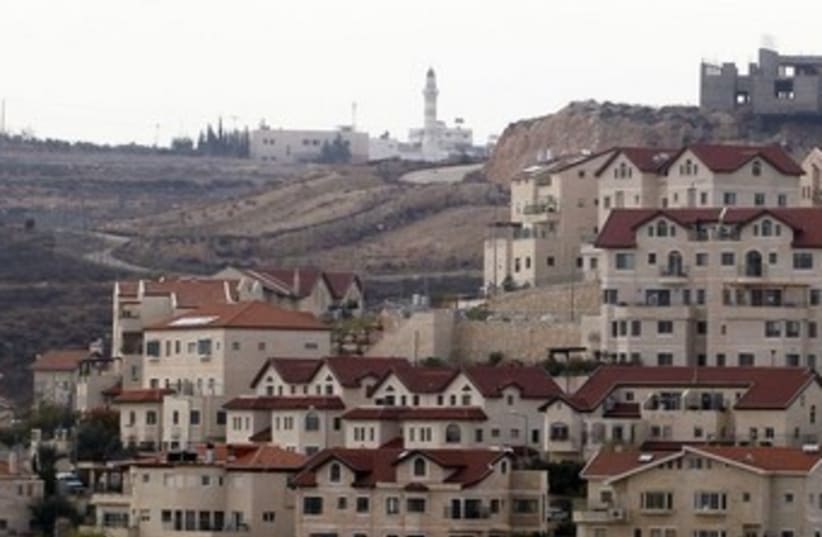Who are the victims?
Would it enter the Palestinians' minds that some of the people who live in Efrat, or their parents or grandparents, not so long ago, were made to wait in line surrounded by soldiers in a black universe where Kalandia would have been considered a life-giving oasis?
